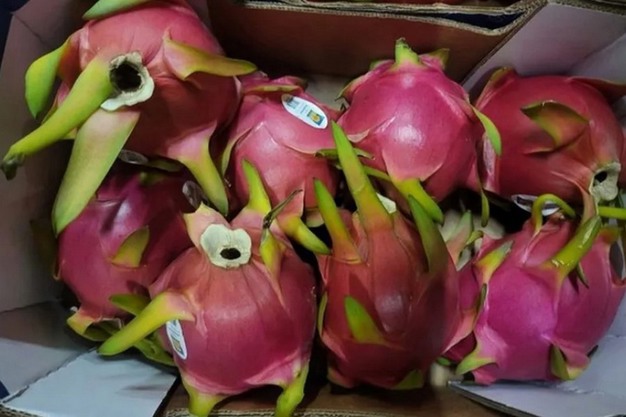A decision on tariff rates was supposed to be made on Wednesday, July 9 but has been delayed again by President Trump. They will now take effect on August 1. While the Trump administration reports it has sent some letters to trading partners on Monday regarding increased tariffs, in the meantime, the existing tariffs have affected the demand for some produce items coming into the U.S.
"Demand for dragon fruit, for example, is not great–the tariffs play into that. They've had a tremendous effect on many items that we carry," says Alan Goldberg of A&B Tropical Produce, adding that specialty items such as dragon fruit aren't considered staples or necessities. "They drive down interest in the product. Tariffs are in effect, so we're just waiting to see if they're going to be increased."
That said, the Trump administration has already changed its stance on tariffs several times, and negotiations could also mean a delay on a tariff decision or even a lowering of tariffs. "The instability of this affects things too. The economy seems to be good on the surface, but many people are still struggling," says Goldberg.
 © A&B Tropical Produce
© A&B Tropical Produce
Inconsistent supply
Meanwhile, the supply of dragon fruit from Ecuador is spotty. "This is the offseason for imported dragon fruit, and in the past couple of years, there have been periods where the market has been extremely low," says Goldberg. This is due to additional supply in the past from Ecuador, and today, some commercial acreage has been left unattended in order to combat the low market.
Add to this situation the greater rains in 2024, which have affected the growing of fruit in 2025. "So supply will continue to be spotty for the next couple of months," says Goldberg. "Usually by October, things start to pick up more."
As for pricing, it has been higher than usual in part due to the tariffs, and it has also seen some volatility due to more sporadic shipments. "The fruit will come in and flood the market for two or three weeks, and that always drives the price down," says Goldberg. "Then, when there's less production and more product comes in by air, prices are much higher."
For example, in late May and early June, prices were up in the high $20s-low $30s and came back down to the mid to low teens for about a week to 10 days. Then production stopped, and prices went back up. "We just had a container, and prices were up to $17-$20. Next week, quite a bit of fruit will come in, so I expect prices to go back down. As soon as that clears the marketplace, it will go right back up because there probably won't be much fruit behind that for two to three weeks," says Goldberg.
 For more information:
For more information:
Alan Goldberg
A&B Tropical Produce
Tel: +1 (305) 805-1530
alang@abtropical.com
www.abtropical.com
